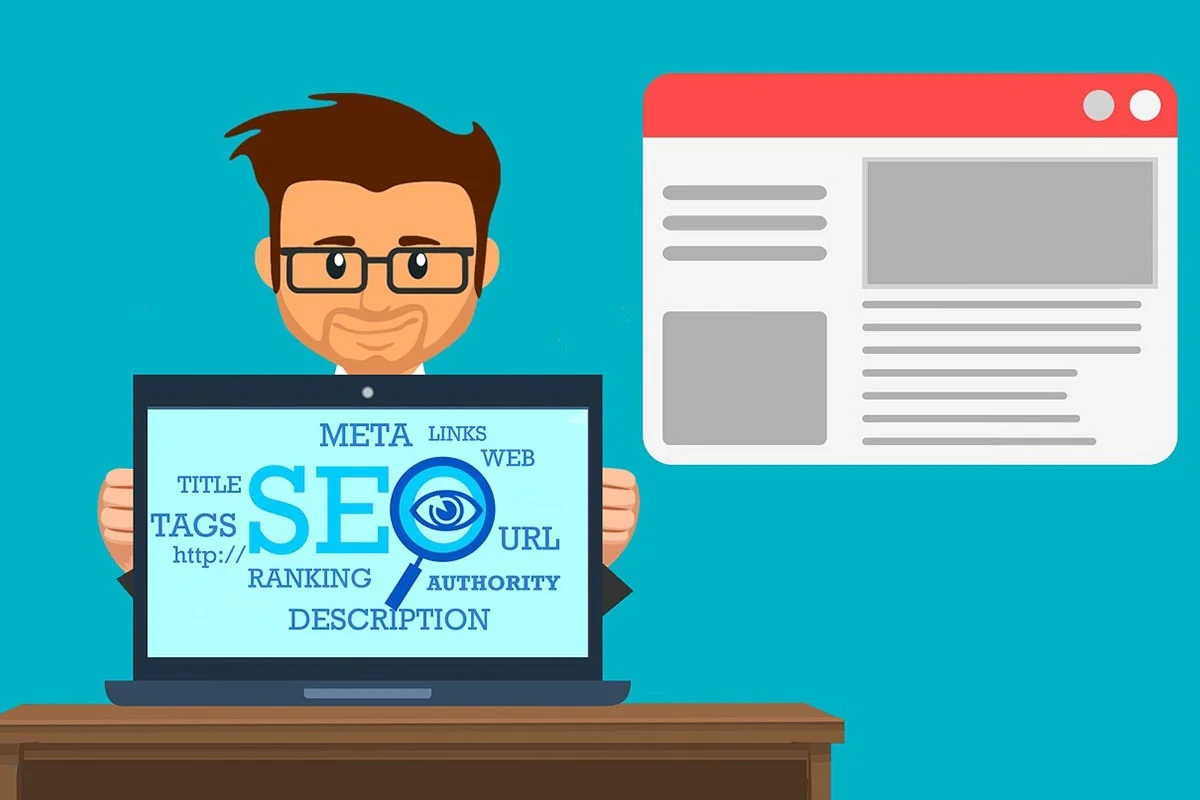
Every business owner is well aware of having a digital presence through a well-designed website. If you've been following this blog, you'll see that we've touched upon various SEO practices to ensure that your site gets the maximum organic traffic, conversions, and sales. We've also talked about the best strategies to optimize the site for search engines. Regardless of how well you've prepped your website, getting regular audits is critical to ensure that your digital storefront is performing well.
Understanding What is an SEO Audit
An SEO audit is the process of conducting a detailed analysis of your website's performance, speed, and navigability. Considering that search engines constantly upgrade their algorithms, SEO audits will help you evaluate if your site is compliant with the new rules. Your SEO experts will identify and rectify problems for optimal performance and attracting traffic.
Statistics indicate that users conduct 3.5 billion searches on Google every day. However, 75% of them are unlikely to move to the results on the second page. Most importantly, 60% of users get the information they need from the top three search results. That's where you need your website to rank. And, once you achieve that ranking, you'll want to maintain it to stay ahead of the competition. An SEO site audit will help you do just that.
Elements of an Effective Site Audit - Let's Start With Content
One of the key elements of a site audit is checking every single page for SEO or optimization.
Key Site Audit Elements:
- • Check pages for valuable content that provides value to the reader
- • Review page URLs and their structure
- • Verify H2, H3, and H4 headers that break up the text
- • Ensure sufficient LSI keywords for search bots
- • Confirm HTTPS certification for site security
- • Identify and remove duplicated content
- • Check images for necessary Alt tags
- • Verify Meta Tags and Meta Description accuracy
- • Test all internal and external links
- • Ensure mobile responsiveness across devices

Easy Navigation
Users landing on your site should be able to find the information they're looking for without having to search around for too long. A complicated Homepage will result in people leaving the site quickly. The same rule holds true for search bots. If your website is hard to navigate, it's unlikely to rank on search result pages. Here's what to look for:
Navigation Checklist:
- • Avoid complicated and cluttered homepage with too many buttons
- • Keep navigation bar tabs to a minimum
- • Ensure users can reach any page within 3 clicks
- • Add search bars to pages for instant keyword searches
- • Make company logo clickable to return to homepage
- • Display Contact Us button prominently
- • For eCommerce: make Cart button clearly visible
Risk of Google Penalties
Incurring a Google penalty can spell disaster for your website since Google will no longer display it on the search pages. If that happens, your target audience will be unable to find you. Even if you've been ranking for keywords, you'll note that the position is dropping drastically. A site audit includes checks to identify any Black Hat SEO practices that could attract penalties. Also, look out for alerts on your Google Search Console dashboard. Here's how you'll resolve issues:
Penalty Prevention Steps:
- • Identify and disown toxic links
- • Edit pages to eliminate keyword stuffing
- • Scan content for plagiarism and publish unique information
- • Demonstrate site trustworthiness and authority
When you're evaluating your website's health, you absolutely need the services of an expert SEO team that can check for issues and resolve them quickly. Considering that the long-term success depends on your digital presence, rely on the expertise of the best people in the industry.
Ready to Optimize Your Website with Professional SEO Audits?
Don't let technical SEO issues limit your website's potential. Our team of SEO experts can help you conduct comprehensive site audits and implement proven strategies to maximize your organic traffic. Let's work together to improve your search rankings and grow your business.
Get QuoteRelated Posts
Google Penalties Every Website Owner Should Watch For
Learn about Google penalties, how to identify them, and recovery strategies to protect your organic traffic...
Read MoreGoogle Panda Penalties – How to Recover and Improve Website Performance
Learn how to recover from Google Panda penalties and improve your website performance with proven strategies...
Read More